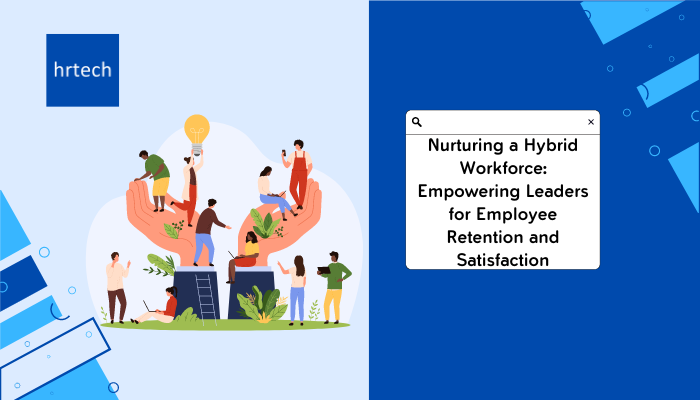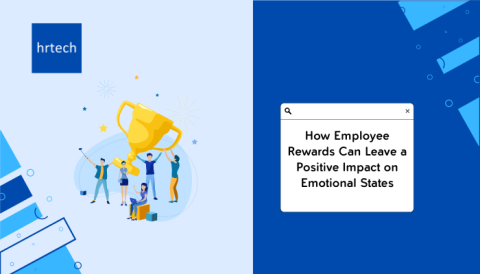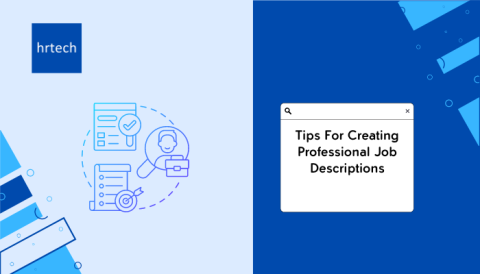A top driver of a great working culture is to identify opportunities to learn and grow, and internal collaborations that people have across business units and departments. The financial benefits and perks are no longer the only determining factor for the best workforce and employment opportunities.
by Zoe Shang, Chief Executive Officer, MaivenPoint

The pandemic has changed the concept of remote working and what it entails. Once a foreign and unheard-of reality where digital nomads or self-employed persons were the most common users of it, it is now a normalcy in the working world. While the workplace has mostly returned to a physical setting, corporates and employees have now come to accept that a flexible working model and hybrid work arrangements are increasingly the best approach to remaining agile and attract a vibrant workforce in today’s dynamic global economy.
However, what are some challenges companies may face in successfully adopting such a working model?
Flexible work arrangements can be effective if a company recognises differences in the scope, intensity and nature of the work activities. Remote working is optimal for routine, day-to-day work that can be done anywhere and anytime. While in tackling complex tasks which require collaboration and brainstorming, a physical gathering of employees may prove more effective.
With these challenges, how can employers do to attract and retain successful and happy employees?
These are a few steps leaders can take to support their employees and provide a confident system of work.
Technology as an enabler
- Ensure that the in-person experience of working is not lost when online. Many people have the misconception that online or hybrid work is less engaging and motivating compared to in-person, but often HR experts or leaders find it challenging to create a strong hybrid environment is because of the amount of time and effort they take to develop. This is where you can take advantage of learning systems such as MaivenPoint Curricula which has seamlessly designed how L&D is weaved into the flow of work to systematically scale hybrid training programs while bringing subject matter experts together in an organization.
- While companies are eager to drive learning and development culture, they need to invest in efficient and holistic technologies to help encourage this culture. This includes providing employees with a seamless digital learning experience by integrating upskilling and availing relevant information, resources, and mentorship into their career growth objectives.
Trusting Your Employees
- Employees should be rewarded for high-quality work without caveats as opposed to the method and duration they get things done. Therefore, understanding that all individuals have different ways of life and respecting that difference is key.
- This is built upon the basic trust that must exist between the employees and their managers and the constant reminder to assume positive intent. When given the autonomy to build a cohesive work-life schedule, employees will be much more satisfied.
- Practise trust with your teams to let them know that they deserve to have balance, whether that is work-life balance without their commute or being able to work from home a few days a week. Showing this level of respect and trust to employees can break the barrier of whether they stay at a job or leave.
Provide Growth Opportunities
- A top driver of a great working culture is to identify opportunities to learn and grow, and internal collaborations that people have across business units and departments. The financial benefits and perks are no longer the only determining factor for the best workforce and employment opportunities. Employees priorities are shifting towards workplace flexibility and professional development for job satisfaction.
- Leaders must embrace learning and development, not as a ‘good-to-have’ value-add to the organisation, but as a critical investment for capability development and succession planning. If employees feel they are given autonomy to learn and broaden their skillsets, and to deepen their knowledge in interest areas, its fosters a creative exchange between subject matter experts across the organisation.
- Leaders are also able to consider the time benefit if they choose to send their employees out to courses and lessons. Employees will learn to lean on new technologies for a better experience and support in house learning and development opportunities and integrate that with their daily workflow
Conclusion:
In the current day and age, there is not a one-size-fits-all solution to the new working model. It is flexibility, not hybrid — or fully remote, or fully in-person, for that matter — that we should be striving for.
Technology is an enabler for a successful workplace to thrive in hybrid conditions. By focusing on the wellbeing of employees, trust and providing growth opportunities – companies can find their unique path forward into a successful hybrid company.
Learn more about how MaivenPoint has empowered millions in achieving modern impactful learning.

About the Author:
Zoe Shang has 20 years of experience in tech industry, and 7 yrs focused on modern learning experience. She is committed to bringing in valuable solutions to individual learners and educators for lifelong learning through MaivenPoint.





